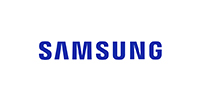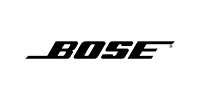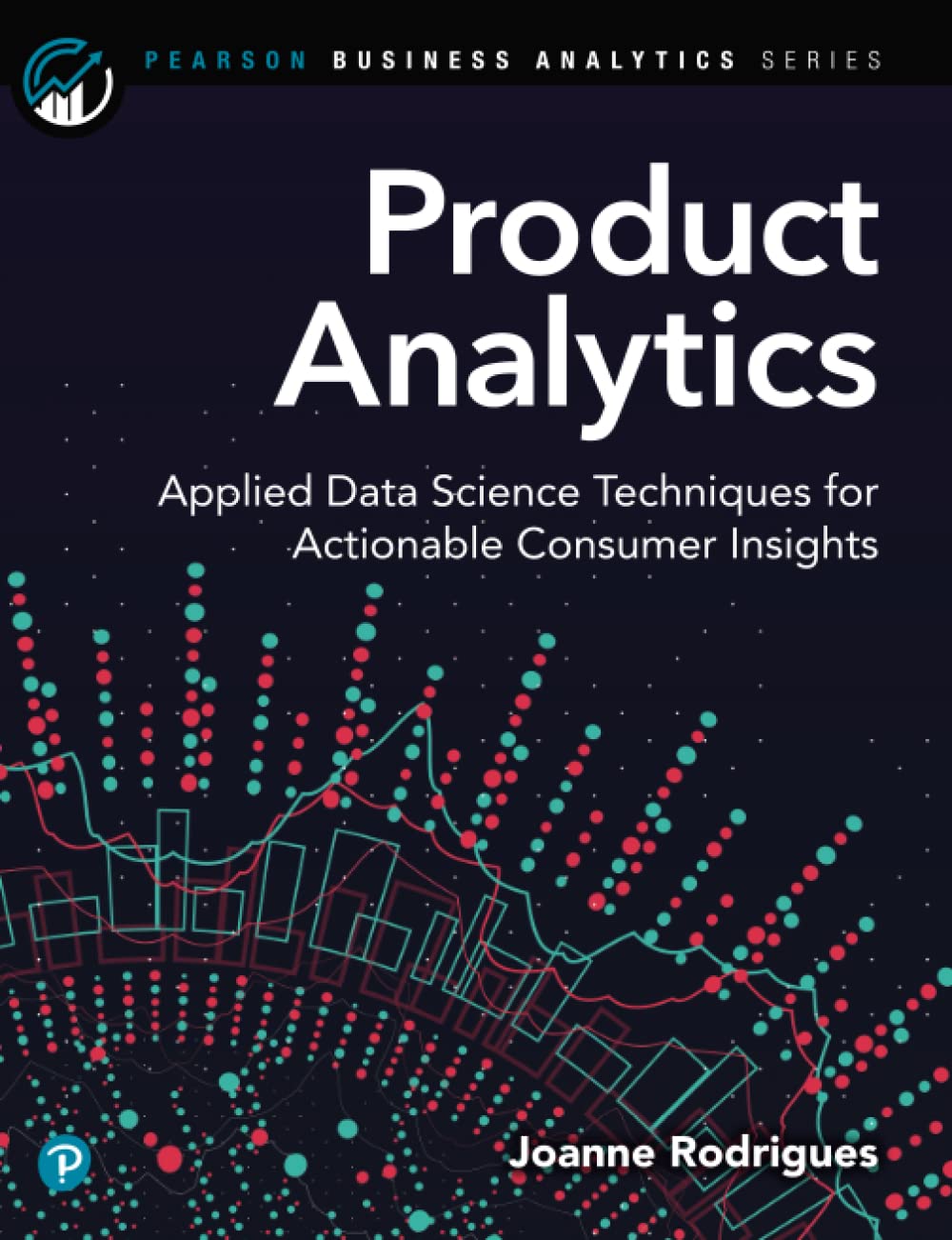This guide shows how to combine data science with social science to gain unprecedented insight into customer behavior, so you can change it. Joanne Rodrigues-Craig bridges the gap between predictive data science and statistical techniques that reveal why important things happen — why customers buy more, or why they immediately leave your site — so you can get more behaviors you want and less you don’t.
Drawing on extensive enterprise experience and deep knowledge of demographics and sociology, Rodrigues-Craig shows how to create better theories and metrics, so you can accelerate the process of gaining insight, altering behavior, and earning business value. You’ll learn how to:
Develop complex, testable theories for understanding individual and social behavior in web products Think like a social scientist and contextualize individual behavior in today’s social environments Build more effective metrics and KPIs for any web product or systemConduct more informative and actionable A/B tests Explore causal effects, reflecting a deeper understanding of the differences between correlation and causationAlter user behavior in a complex web product Understand how relevant human behaviors develop, and the prerequisites for changing themChoose the right statistical techniques for common tasks such as multistate and uplift modeling Use advanced statistical techniques to model multidimensional systems Do all of this in R (with sample code available in a separate code manual)Book Website: actiondatascience.com.
Publisher : Addison-Wesley Professional
Publication date : October 1, 2020
Edition : 1st
Language : English
Print length : 360 pages
ISBN-10 : 0135258529
ISBN-13 : 978-0135258521
Item Weight : 1.5 pounds
Dimensions : 7 x 1.01 x 9.13 inches
Part of series : Addison-Wesley Data & Analytics
Customers say
Customers have mixed opinions about the book’s knowledge level, with some praising it as an excellent foundation for product analytics while others find it poorly explained. The readability also receives mixed feedback, with several customers noting repeated grammatical and spelling errors.
AI Generated from the text of customer reviews

























Vandana –
Not a run-of-the-mill data science book
This is not a run-of-the-mill Data Science book. It covers many advanced topics not available in other books. I found The actionable insights in this book very useful. In my opinion, a data scientist needs to think like a social scientist to understand user behavior. This book will certainly help you do that.Each chapter in this book is a gem. I specially like the chapters on Causal Inference and Demography. The chapter on Demographic Projections is dense and covers a lot of information, and I don’t think this topic is not available in any other data science book.If there is a second edition, I hope the author splits the Demography chapter (Chapter 9) into multiple chapters to cover basics and provide more insights.Overall, this is a great book; well-written, easy to read, and, most importantly, very useful.
Dan –
Every analyst should read this
I’m very happy someone finally wrote a book on product analytics. This is a model everyone analyst should strive for. Though I do believe there is a huge gap between the current way product analytics is done from the descriptive inferential way to the model put forth in this book and that mostly comes down to lack of time and statistical know-how. Nearly none of my clients would allow us the time needed to do the necessary statistics.The only negative response I have, (and reason for taking away one star) is the repeated grammatical/spelling errors. It takes a very educated person and makes them seem like they are not paying attention to detail, which is incongruous with the content of the book. The publisher really needs a better editor/proof-reader.
Miguel Curiel –
Best product analytics book out there – easy to digest and methodologically rigorous
As a behavioral scientist and data analyst transitioning into product analytics, this is the best book I have read so far.Product analytics literature often overlooks the importance of conceptual work, and therefore, can lack substance. This one doesn’t.This book also brings academic lingo and best practices in social science research in a digestible way.To top it off, the book offers novel real life applications, such as developing machine learning algorithms using R.All in all, a great book for companies seeking to establish a product analytics practice or researchers seeking to elevate their skills.
dylan phila –
Many many errors
many errors in statistics and ML. This is why product analytics should be a STEM job.very disappointed reading the book.
Andrew –
Surprisingly awful
This book is absolutely riddled with typos, but it goes beyond that. Time and again the author is straight up wrong when it comes to the definitions of key terms (skew and kurtosis for example), explanation of theory, and the math itself. It reminded me of reading a book report written by someone who had only read the the book’s wikipedia entry.I recommend you get anything but this book. This book will leave you misinformed and your time wasted. Take a look at the table of contents and then look online, there are a lot of good resources available.I gave it two stars rather than one for two reasons:1) People tend to ignore one star reviews2) While it poorly explains most concepts, it at least mentions concepts that are important. You could use it’s table of contents as a helpful list of things to learn, just don’t learn them from this book!
Mohammad –
Highly Recommend it!
Enjoyed reading it! The book provides practical advice on developing better theories and metrics, conducting more informative A/B tests, and using statistical techniques to model multidimensional systems. I particularly appreciated how the author emphasizes the importance of contextualizing individual behavior in social environments. Overall, I recommend this book to anyone interested in driving more of the behaviors they want from their customers.
Pearlo –
Product analytics explained
Excellent book on the foundation of product analytics.. wish the font were a little bigger though..
Vanvic –
Errornous
Many errors in math and statistics, typos as well. The author also layered concepts in muiltiple categorization that asks for more cognitive energy to understand her way of catigorization before understand the important matters. Should not read the book but pick up techniques in the book table of contents and learn somewhere else.